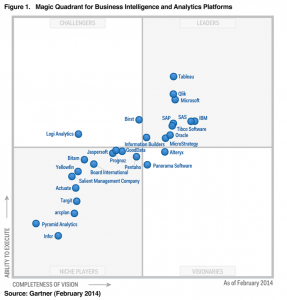Bywaters waste management uses BI to improve customers’ recycling
Bywaters, a recycling and waste management company, has improved productivity by 4% using Pentaho data integration and business intelligence software.
Sasha Korniak, head of analytics and data science at Bywaters, masterminded the project at the family-owned company, which operates nationally, and includes Nandos, Guy’s and St. Thomas’ Hospital, and BNP Paribas among its 2,000-plus customers.
“I wanted Bywaters to embrace a data-driven culture that would give authority and confidence to make autonomous decisions substantiated by credible data and enable consumers to increase recycling and sustainability,” says Korniak.
“We are no longer just a waste management company, we are a waste consultancy, improving our customers’ recycling through providing the data”, says Korniak. “If you are not data driven, but just go out and collect bins, the sustainability of your business will be damaged”.
If you have any opinions, leave a comment below or send us a message.
























